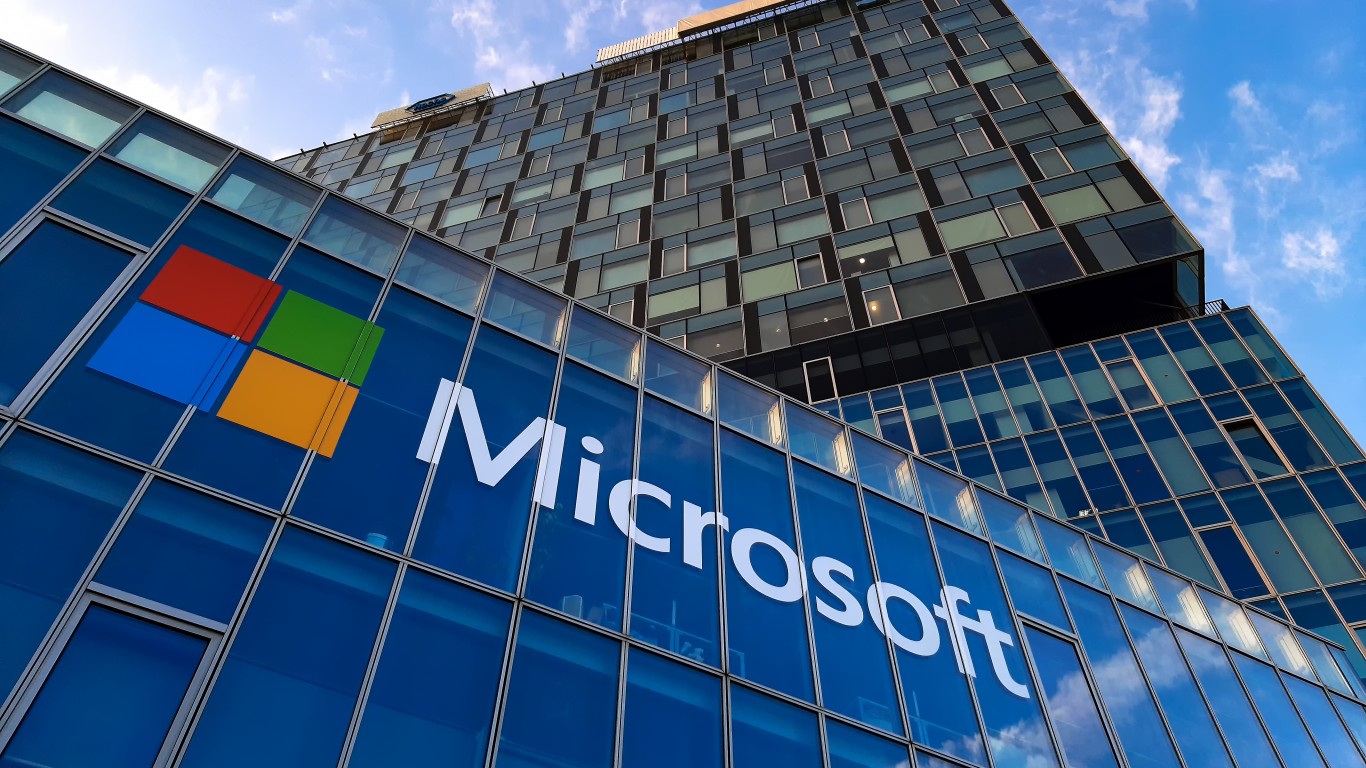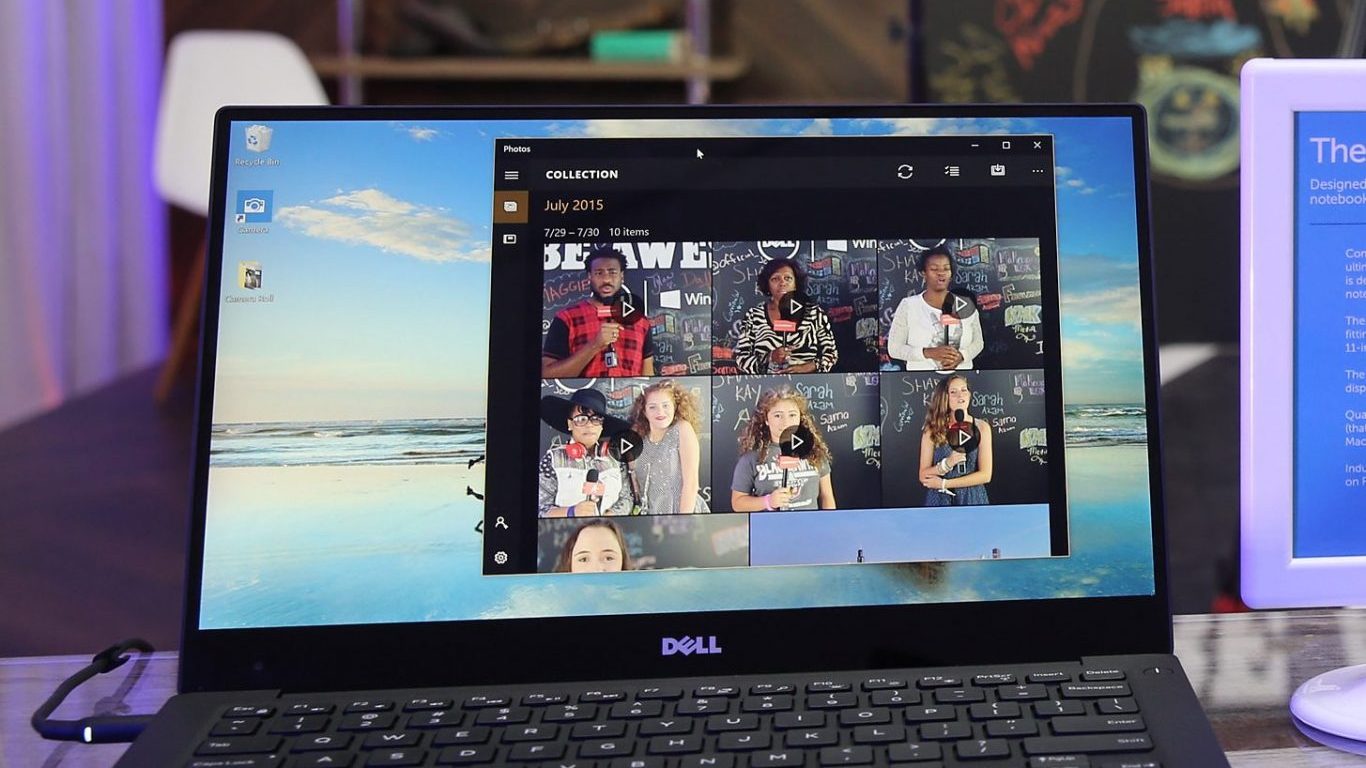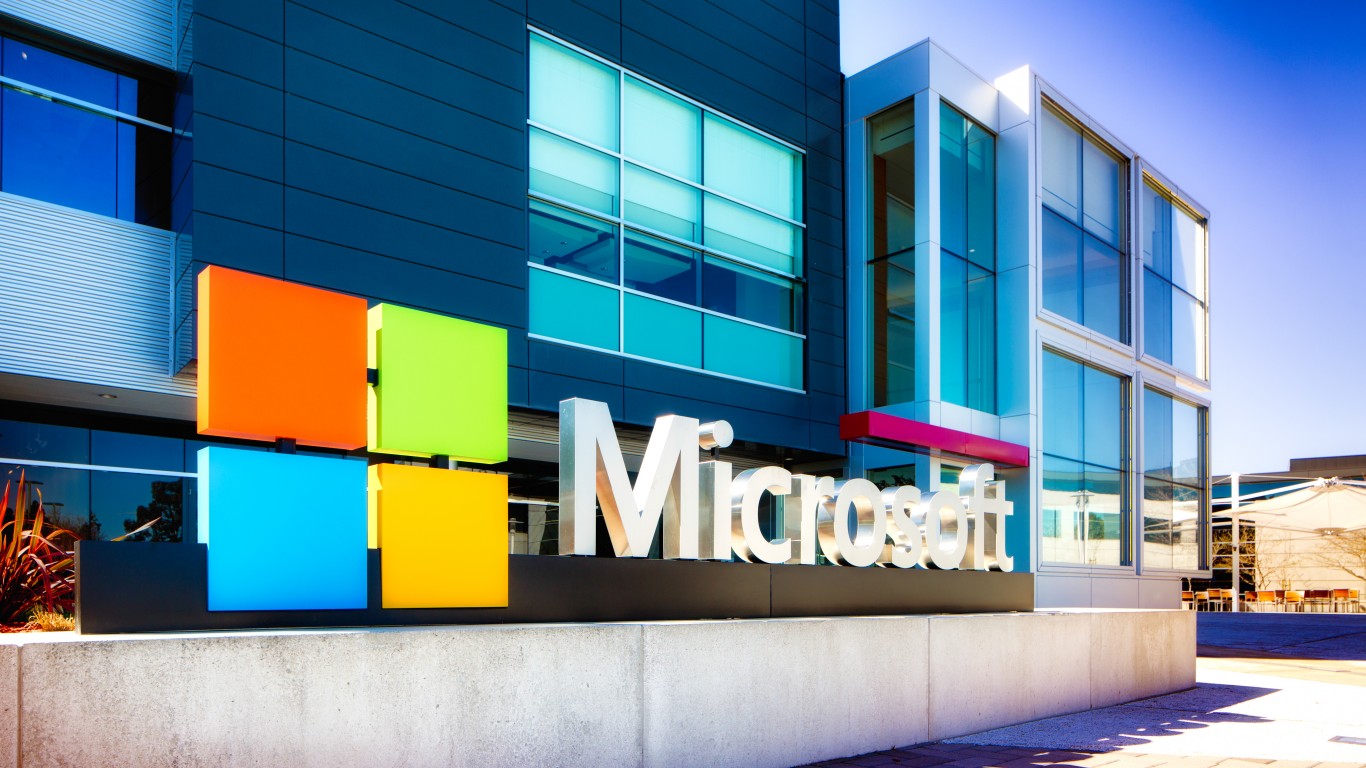
Just about 30% of the S&P 500 total market capitalization is made up of “The Magnificent 7”: Nvidia (NASDAQ: NVDA), Alphabet (NASDAQ: GOOG), Amazon (NASDAQ: AMZN), META Platforms (NASDAQ: META), Apple (NASDAQ: AAPL), Tesla (NASDAQ: TSLA), and Microsoft (NASDAQ: MSFT).
Microsoft (NASDAQ: MSFT) has both historical and fundamental premises to justify a forward split announcement this year. Forward splits are 99% of the time a popular event in the eyes of both current and future shareholders. Mechanically, it is equivalent to exchanging, say, two $5.00 bills for a $10.00 bill. The value remains unchanged. However, when it comes to stocks, there are additional advantages, as we will see below:
Market Perceptions

For decades, Microsoft’s Windows OS has dominated the workplace computer market, and, to a lesser extent, the personal computer market. While Apple’s Mac owners are more loyal and won’t hesitate to tout the superiority of Apple products, the fact remains that the availability of Windows in a wide variety of different manufacturers’ hardware configurations makes it more ubiquitous, cost effective, and easier to customize.
As such, Microsoft has been able to continue capitalizing on this advantage, and managed to keep loyal shareholders with its consistency in earnings and with dividends, which were first announced back in 2003. Its recent stock price gains have outpaced rival Apple to the point where Microsoft’s $3 trillion+ market cap is now hundreds of billions over Apple’s $2.6 trillion.
New Revenue Streams and Breakthroughs

Microsoft launched its successful Azure cloud computing platform in 2010, which created a strong new recurring revenue stream for the company in data storage subscription fees.
However, Microsoft’s latest foray into Artificial Intelligence may prove to be its biggest advanced leap since introducing DOS for the personal computer. Microsoft has invested $13 billion into OpenAI and the engine for ChatGPT to easily operate on Azure. As a result, Azure AI is exploding, and new subscribers are fueling the exponential development of a host of new applications and software products, including AI boosts for Windows 365.
Lastly, Microsoft closed its acquisition of video game company Activision Blizzard in Q4 2023. In addition to supplying popular games like Call of Duty and World of Warcraft for the Microsoft Xbox gaming system, it now owns the intellectual property rights, which would ostensibly include added merchandising, game sequels, and film and television spin-offs.
History and Ticket Price of Admission

Although low priced stocks have been derisively dubbed “penny-stocks” by analysts and sophisticated investors, they remain popular with individual investors. The simple reason is that for some investors with limited capital to allocate for each stock position they elect to take, getting a meaningful number of shares that fits within budget is a crucial factor. This is especially true if they are trying to diversify and buy positions in several companies in different industrial sectors for risk mitigation purposes. Buying 100 shares of a $20 stock carries more upside justification potential than buying 10 shares of a $200 stock.
From its first forward stock split in 1987 to the early 2000s, Microsoft has had 9 stock splits, with the last one in 2008. Its present market price of over $400 is high, and the underlying fundamentals for its AI and other prospects are certainly rosy enough to garner hordes of new investors who would welcome adding Microsoft stock to their portfolios if it was under $100.
So, is a 10-for-1 forward stock split in the cards for Microsoft? While no announcements have been made as of yet, the market and business conditions certainly make a strong case for it.
Thank you for reading! Have some feedback for us?
Contact the 24/7 Wall St. editorial team.





